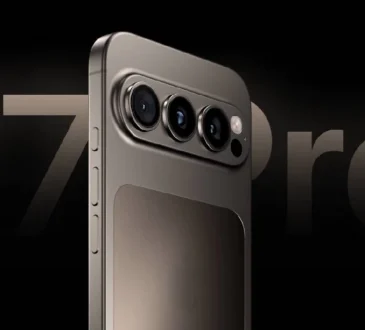
The manufacturing of loop tape made a huge come back in 2004 when the military adopted touch tape to their standard Army Combat Uniforms. However, grievances about how the Middle Eastern deserts clogged the loops caused the hooks to seem shot and weak. With thousands of complaints the U.S. Army was forced to return to sewing on badges and buttons, leaving a bad rap for the non-stealthy zipperless zipper. Perhaps you don’t backpack in the heart of a desert storm with lurking terrorists, but it’s true that very cable wraps can seem as if they are deteriorating. When the tiny hooks are pocketed with sand, pet hair, lint, and other debris, it obstructs the latching effect, making it feel as if there’s no hope to make it stick again.
Increase The Lifespan Of Loop Tape
Fortunately, there are a lot easy ways to maintain your tie wraps so that you can continue to keep your computer wires organized and continue to enjoy your favorite shoes, athletic gear, gloves, and whatever product you own that uses cable fasteners. In order of quickest to most time consuming, the list of tools below will help save your loop tape for a lifetime of continual use:
- File Card
- Pet Brush
- Toothbrush
- Need Nose Pliers
- Duct Tape
- Hook-On-Hook
Use A Clean Brush
Found at most local hardware stores the best tool for cleaning is a file card, but can be a steep purchase for cleaning cable ties. A soft pet brush and even a toothbrush are excellent alternatives to help keep hook-and-loop fasteners from sticking tight like it should the day you bought it.
Only clean the prickly side of your loop tape the hooks, with any brush that has tiny bristles, similar to the hooks themselves. Always choose one direction to scrape away debris because a back and forth scrubbing motion will only make matters worse by embedding the trash further into the hooks instead of brushing it out.
Pick It Out With Needle Nose Pliers
Now that you know the problem here is the hooks are busy stuck to small debris, another option for removing lint and hairs is to pick it out with a pair of needle nose pliers or tweezers will do in a pinch. In some cases using your fingernails might do the trick, but for severely dirty tie wraps, a brush is better than your nails.
Duct Tape Meet Loop Tape
Using a strong enough adhesive tape can help unclog a nasty hook. Attach pieces of rolled sticky tape to the tips of your fingers and firmly press the tape into the side with the hooks. The objective is to pick out the clinging debris and deposit it to the gluey tape. When the tape is covered in hair and lint, repeat the process until the hooks are clean.
Hook vs. Hook
This last method may take the longest time and will leave the hooks you brushed with dirty as the one you just cleaned, but the method works. Take a clean piece of loop tape and use the bristled side to catch and comb out the dirty side of the one you intend to clean. It may require the most effort, but if you have a small piece of cable wrap that keeps your earbuds tidy and untangled, then take care of your hook-and-loop tape, and it will continue to work for you for the years to come.




